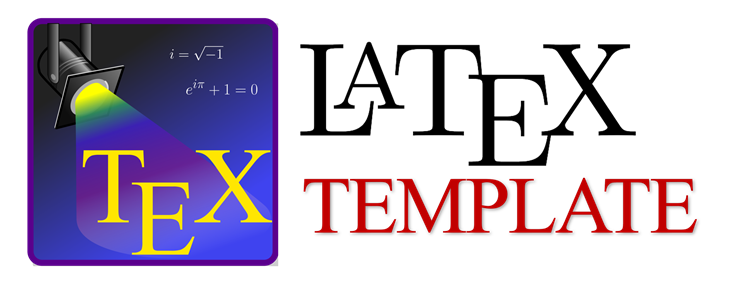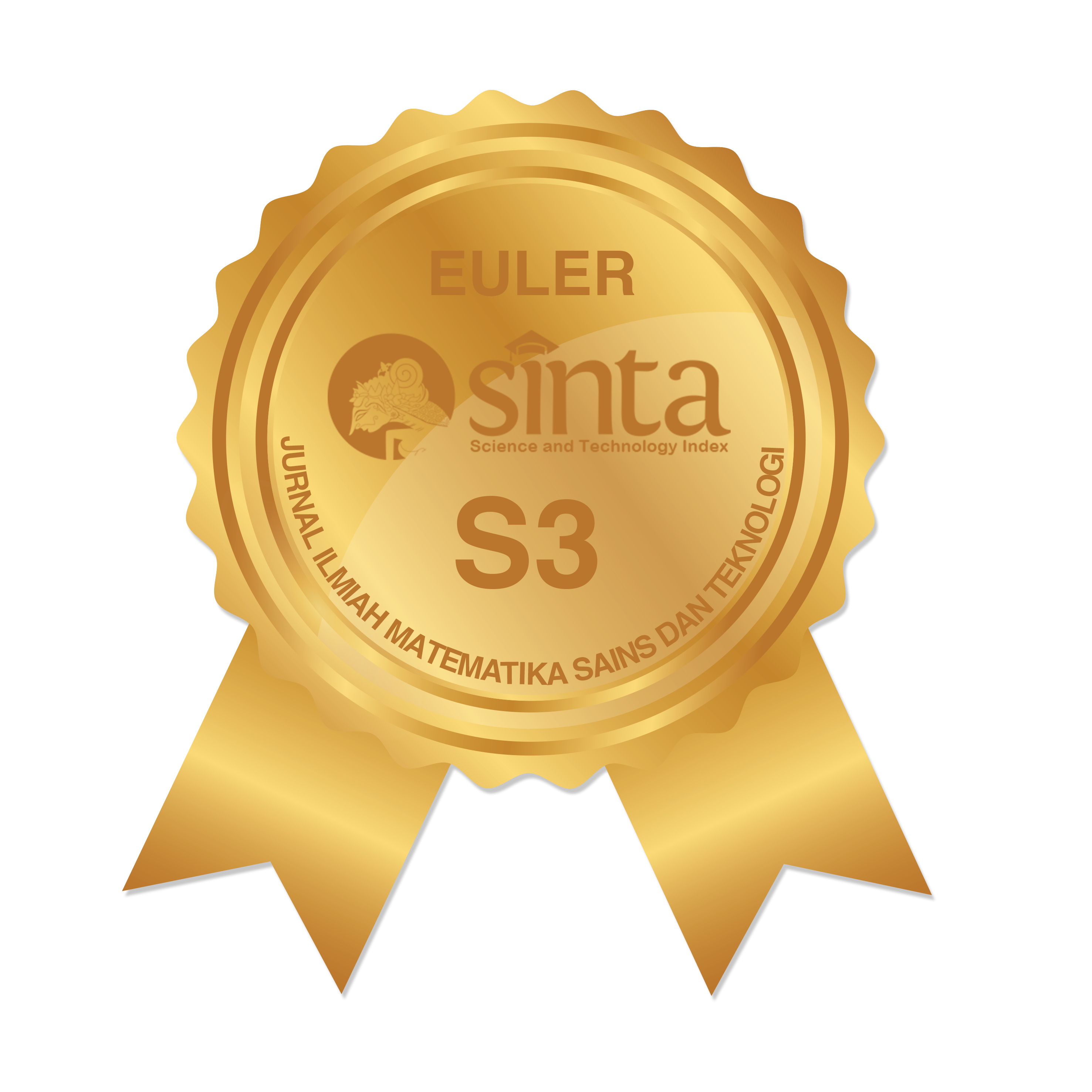MEMBANGUN SIKAP POSITIF UNTUK MENGHINDARI SIKAP PHOBIA MATEMATIKA
Abstract
Keywords
Full Text:
PDFReferences
E. T. Ruseeffendi, Pengajaran Matematika Modern untuk Orang Tua Murid, Guru dan SPG. Bandung: Tarsito, 1980.
S. B. Munawaroh, Y. L. Sukestiyarno, and M. Masrukan, "High School Mathematics Curriculum Development Integrated with Character Education Within Project Assessment as Spiral System Leveled" Unnes J. Math. Educ., vol. 6, no. 2, pp. 163-173, 2017, doi: https://doi.org/10.15294/ujme.v6i2.12969.
C. M. Charles, Educational Psychology. Saint Louis: C. V Mosby Company, 1972.
M. Mulhamah, "Phobia dalam Pembelajaran Matematika di Pendidikan Dasar" El Midad, vol. 10, no. 1, pp. 1-12, 2018.
A. Anggito and J. Setiawan, Metodologi penelitian kualitatif. Sukabumi: CV Jejak (Jejak Publisher), 2018.
S. Azwar, Sikap Manusia: Teori Dan Pengukurannya. Yogyakarta: Pustaka Pelajar, 2013.
R. Garry and H. L. Kingsley, The Nature and conditions of learning / Ralph Garry and Howard L. Kingsley. New Jersey: Prentice-Hall, 1969.
A. L. Edwards, Techniques of attitude scale construction. New York: Appleton Century Crofts, 1957.
Mar`at, Sikap manusia : perubahan serta pengukurannya. Jakarta: Ghalia Indonesia, 1981.
E. M. Anderman and L. H. Anderman, Psychology of Classroom Learning: An Encyclopedia. Detroit: Macmillan Reference USA/Gale Cengage Learning, 2008.
G. Polya, Induction and Analogy in Mathematics. New Jersey: Princeton University Press, 1954.
S. Suryabrata, Proses Belajar Mengajar di Perguruan Tinggi. Yogyakarta: Andi Offset.
American Psychiatric Association, Diagnostic and Statistical Manual of Mental Disorders. Arlington: American Psychiatric Publishing, 2013.
M. H. Ashcraft, "Math Anxiety: Personal, Educational, and Cognitive Consequences" Curr. Dir. Psychol. Sci., vol. 11, no. 5, pp. 181-185, Oct. 2002, doi: 10.1111/1467-8721.00196.
R. Resmawan, "Hubungan antara Pesepsi Mahasiswa terhadap Keterampilan Dosen dalam Mengelola Kelas dengan Hasil Belajar Mahasiswa Jurusan Pendidikan Matematika" J. Euler, vol. 2, no. 2, pp. 129-134, 2014.
S. Khadijah, S. Ismail, and R. Resmawan, "Pengembangan Bahan Ajar Berbasis Penalaran pada Materi Sudut Pusat dan Sudut Keliling Lingkaran" Al-Khwarizmi J. Pendidik. Mat. dan Ilmu Pengetah. Alam, vol. 8, no. 1, pp. 1-12, Apr. 2020, doi: 10.24256/jpmipa.v8i1.838.
P. U. Suseno, Y. Ismail, and S. Ismail, "Pengembangan Media Pembelajaran Matematika Video Interaktif berbasis Multimedia" Jambura J. Math. Educ., vol. 1, no. 2, pp. 59-74, Sep. 2020, doi: 10.34312/jmathedu.v1i2.7272.
S. D. Tamu, E. Hulukati, and I. Djakaria, "Pengembangan Modul dan Video Pembelajaran Matematika Persiapan Ujian Nasional pada Materi Dimensi Tiga" Jambura J. Math. Educ., vol. 1, no. 1, pp. 21-31, Mar. 2020, doi: 10.34312/jmathedu.v1i1.4558.
A. A. Diu, A. D. Mohidin, N. Bito, S. Ismail, and R. Resmawan, "Deskripsi Penggunaan Multimedia Interaktif pada Pembelajaran Matematika Bangun Ruang Sisi Lengkung Tabung" Jambura J. Math. Educ., vol. 1, no. 2, pp. 83-89, Oct. 2020, doi: 10.34312/jmathedu.v1i2.7613.
C. Magelo, E. Hulukati, and I. Djakaria, "Pengaruh Model Pembelajaran Open-Ended terhadap Kemampuan Berpikir Kreatif Matematik Ditinjau dari Motivasi Belajar" Jambura J. Math., vol. 2, no. 1, pp. 15-21, Dec. 2019, doi: 10.34312/jjom.v2i1.2593.
Y. F. Sukri and D. B. Widjajanti, "Pengaruh Pendekatan RME Terhadap Motivasi dan Prestasi Belajar Siswa SD Melalui Pembelajaran Tematik-Integratif" J. Prima Edukasia, vol. 3, no. 2, p. 227, May 2015, doi: 10.21831/jpe.v3i2.6503.
N. Yuliany, "Hubungan antara Motivasi Belajar dan Hasil Belajar Siswa SDN Emmy Saelan Makassar" AULADUNA J. Pendidik. Dasar Islam, vol. 5, no. 2, p. 126, Dec. 2018, doi: 10.24252/auladuna.v5i2a1.2018.
DOI: https://doi.org/10.34312/euler.v9i2.11940
Refbacks
- There are currently no refbacks.
Copyright (c) 2021 Yamin Ismail

This work is licensed under a Creative Commons Attribution-NonCommercial 4.0 International License.
Euler : Jurnal Ilmiah Matematika, Sains dan Teknologi has been indexed by:
EDITORIAL OFFICE OF EULER : JURNAL ILMIAH MATEMATIKA, SAINS, DAN TEKNOLOGI |
 | Department of Mathematics, Faculty of Mathematics and Natural Science, Universitas Negeri Gorontalo Jl. Prof. Dr. Ing. B. J. Habibie, Tilongkabila, Kabupaten Bone Bolango 96554, Gorontalo, Indonesia |
 | Email: [email protected] |
 | +6287743200854 (WhatsApp Only) |
 | Euler : Jurnal Ilmiah Matematika, Sains dan Teknologi (p-ISSN: 2087-9393 | e-ISSN:2776-3706) by Department of Mathematics Universitas Negeri Gorontalo is licensed under a Creative Commons Attribution-NonCommercial 4.0 International License. Powered by Public Knowledge Project OJS. |














